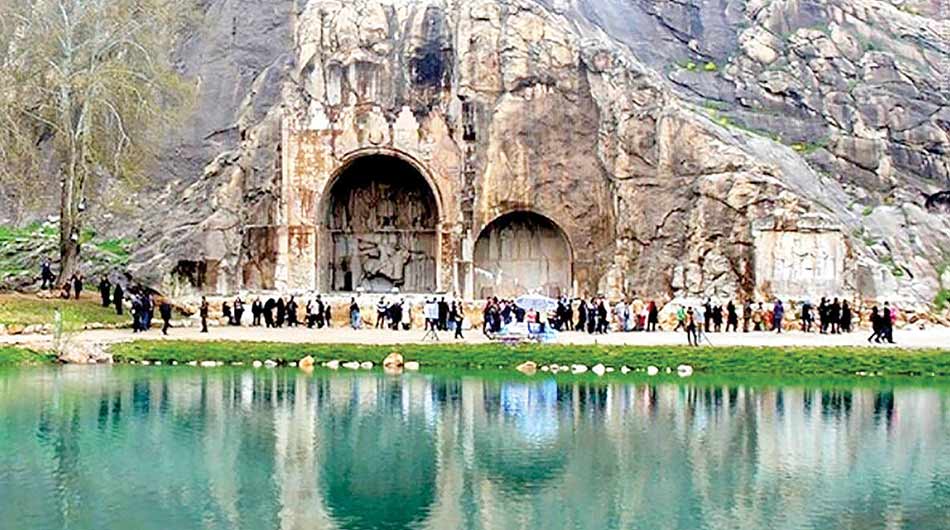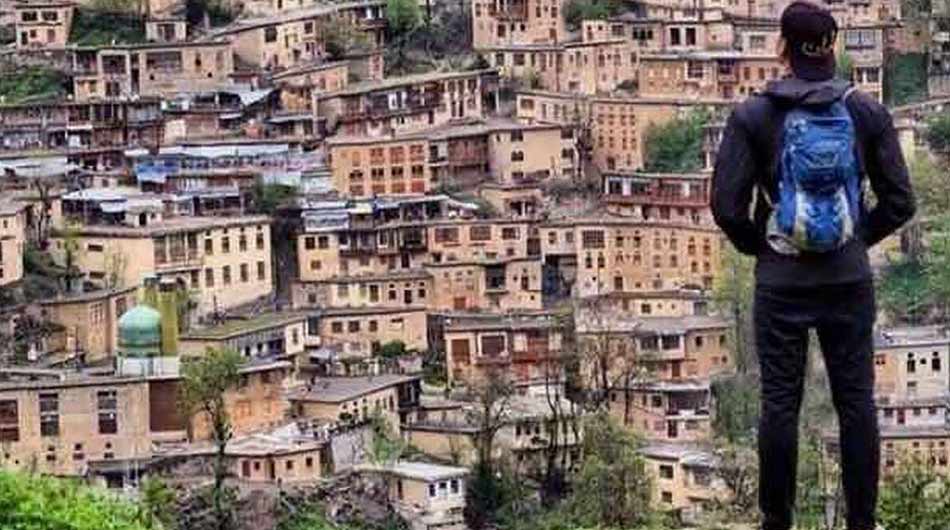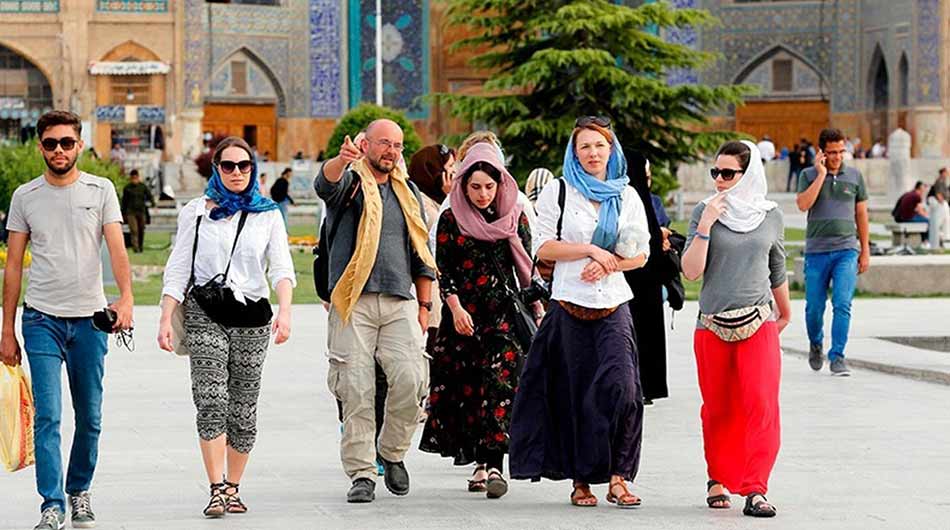Why Should We Travel to Iran?
Persepolis-Shiraz.jpg" alt="Persepolis-Shiraz" width="950" height="530" srcset="https://iranparadise.com/wp-content/uploads/2024/07/Persepolis-Shiraz.jpg 950w, https://iranparadise.com/wp-content/uploads/2024/07/Persepolis-Shiraz-768x428.jpg 768w" sizes="(max-width: 950px) 100vw, 950px" />
Iran, often referred to as Persia, is a country rich in history, culture, and natural beauty. Despite misconceptions and political tensions that may deter potential visitors, Iran is a destination that offers an unparalleled travel experience. From ancient ruins and stunning architecture to warm hospitality and delectable cuisine, here are compelling reasons why you should travel to Iran.
A Treasure Trove of History
Iran is home to one of the world’s oldest civilizations, with a history that dates back over 7,000 years. Visitors can explore a plethora of historical sites that reflect the grandeur of ancient Persia. The ruins of Persepolis, the ceremonial capital of the Achaemenid Empire, are a UNESCO World Heritage site that offers a glimpse into the splendor of ancient Persian kings. The intricate bas-reliefs and majestic columns transport visitors back to the era of Darius the Great and Xerxes.
Another must-visit historical site is Pasargadae, the tomb of Cyrus the Great. This simple yet profound monument stands as a testament to the founder of the Persian Empire’s legacy. The ancient city of Isfahan, with its stunning Naqsh-e Jahan Square, is another jewel in Iran’s historical crown. The square, surrounded by architectural marvels such as the Shah Mosque and the Ali Qapu Palace, reflects the zenith of Persian art and architecture during the Safavid era.
Architectural Marvels
Iran’s architectural heritage is a visual feast for any traveler. The country is renowned for its intricate tile work, grand mosques, and stunning palaces. The Nasir al-Mulk Mosque in Shiraz, often referred to as the Pink Mosque, is famous for its mesmerizing stained glass windows that create a kaleidoscope of colors on the mosque’s interior. The Sheikh Lotfollah Mosque in Isfahan, with its stunning dome and exquisite tile work, is another architectural masterpiece that showcases the brilliance of Persian design.
In Tehran, the Golestan Palace offers a glimpse into the opulence of the Qajar dynasty. This UNESCO World Heritage site is a complex of royal buildings that blend traditional Persian architecture with Western influences, adorned with stunning mosaics and lavish interiors.
Natural Beauty
Iran’s diverse landscapes range from lush forests and arid deserts to towering mountains and serene coastlines. The Caspian Sea region, with its verdant forests and pleasant climate, is perfect for nature lovers. The Alborz Mountains offer fantastic opportunities for trekking and skiing, with the Dizin Ski Resort being one of the highest ski resorts in the world.
The Dasht-e Kavir and Dasht-e Lut deserts, with their dramatic landscapes and unique geological formations, provide an otherworldly experience for adventurers. The Valley of the Stars on Qeshm Island, with its surreal rock formations, is a testament to the natural beauty that Iran has to offer.
Warm Hospitality
Iranian hospitality is legendary. Visitors to Iran often remark on the genuine warmth and friendliness of the Iranian people. The tradition of ta’arof, a form of etiquette that emphasizes politeness and respect, often leaves visitors feeling welcomed and appreciated. Whether you are invited to someone’s home for a meal or helped by a stranger on the street, the kindness and generosity of the Iranian people are sure to leave a lasting impression.
Delectable Cuisine
Iranian cuisine is a delightful blend of flavors, aromas, and textures that reflect the country’s rich cultural heritage. From savory kebabs and fragrant rice dishes to mouth-watering stews and fresh herbs, Iranian food is a feast for the senses. Chelo kebab, ghormeh sabzi (herb stew), and fesenjan (pomegranate walnut stew) are some of the must-try dishes.
For dessert, baklava and zoolbia bamieh (deep-fried sweets) are sure to satisfy any sweet tooth. Tea, or chai, is an integral part of Iranian culture, often enjoyed with sugar cubes and flavored with cardamom or rose water. Experiencing a traditional Iranian meal, complete with the rituals of tea drinking and sharing food, is a cultural experience in itself.
Vibrant Festivals
Iranian festivals are vibrant, colorful, and steeped in tradition. The most significant festival is Nowruz, the Persian New Year, celebrated on the vernal equinox. This 3,000-year-old festival marks the beginning of spring and is a time of renewal and joy. Families gather to feast, exchange gifts, and partake in various rituals, such as setting up the Haft-Seen table, which includes seven symbolic items.
Chaharshanbe Suri, the Festival of Fire, is another exciting celebration that takes place on the eve of the last Wednesday before Nowruz. People light bonfires and jump over them, symbolizing the purification of the past year’s misfortunes and the welcoming of the new year’s hopes and joys.
Unique Souvenirs
Iran is a shopper’s paradise for those who love unique and handcrafted items. Persian carpets, known for their intricate designs and high quality, are among the most coveted souvenirs. Isfahan’s bazaars, with their stunning handicrafts, jewelry, and miniature paintings, offer a treasure trove of beautiful items to take home. The bazaar in Tehran is another great place to find spices, textiles, and traditional goods that reflect the rich cultural heritage of Iran.
Economy of Travel
One of the often-overlooked aspects of traveling to Iran is its affordability. Due to the favorable exchange rate, tourists will find that their money goes a long way in Iran. From accommodation and transportation to dining and shopping, travel expenses are generally lower compared to many other travel destinations. This economic advantage allows travelers to enjoy luxurious experiences at a fraction of the cost, making it possible to stay in boutique hotels, dine in high-quality restaurants, and explore various sites without breaking the bank. Furthermore, Iran’s emphasis on local crafts and markets means visitors can purchase unique, handcrafted souvenirs without hefty price tags, enriching their travel experience while supporting local artisans.
Tags:Adventure holidays, Best time to travel to iran, best tour operator iran, Cultural sites of Iran, Culture of Iranian People, Dasht-e Kavir, Dasht-e Lut desert, Economy of Travel, Holiday in Iran, Iran, Iran Architectural, iran attractions, Iran country, Iran cultural, iran destinations, Iran sightseeing tours, iran Solo trip, iran tour, Iran tour packages, iran tourist attractions, Iran travel agency, iran travel expenses, Iran Travel Guide, Iran Travel Tips, Iranian Cuisine, Iranian culture, must-visit Iran, Nasir al-Mulk Mosque, Pasargadae, Persepolis, persia tour, Persian language, Surfing In Iran, Tomb of Cyrus, top tourist destinations, travel to iran, Traveling to Iran, travelling to iran, trip to iran, vacation packages, visit iran, Why Should We Travel to Iran?, درنا گشت



